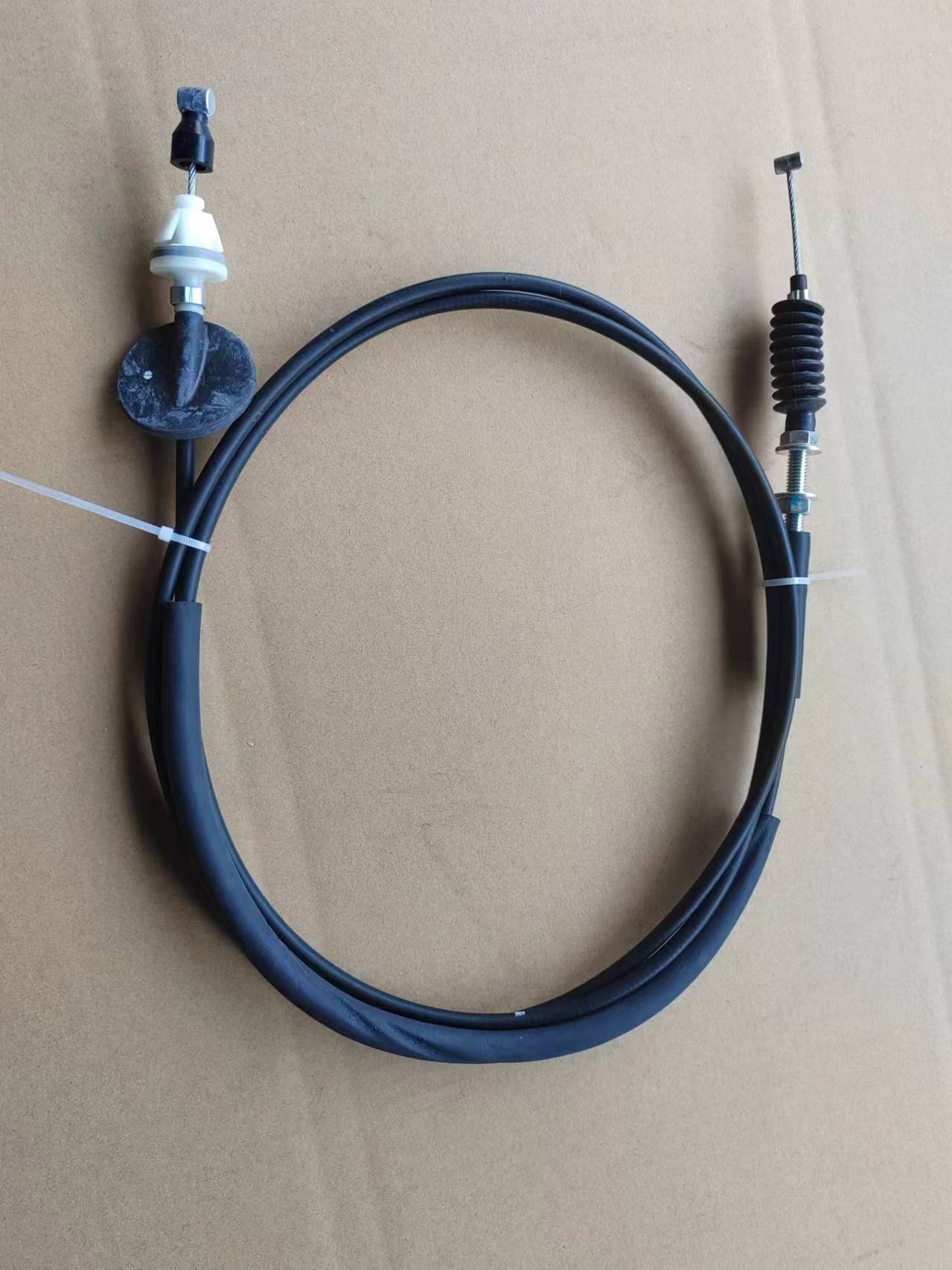Understanding Throttle Control Mechanisms and Cable Functionality for Enhanced Vehicle Performance
Understanding Throttle Control and Cables in Modern Vehicles
Throttle control is a fundamental aspect of vehicle operation that influences performance, fuel efficiency, and overall driving experience. At the heart of this system lies the throttle cable, a vital component that connects the accelerator pedal to the engine's throttle body. Understanding the implications of throttle control and the workings of throttle cables is crucial for both automotive professionals and enthusiasts.
The Role of the Throttle in Vehicles
The throttle is a mechanism that regulates the amount of air entering the engine, which is crucial for the combustion process. When a driver presses the accelerator pedal, they are not just adding fuel; they are also controlling the amount of air that mixes with that fuel. This balance is essential for ensuring optimal engine performance, fuel economy, and emissions control.
Modern vehicles most commonly use electronic throttle control (ETC) systems, which replace the traditional mechanical linkage of throttle cables with electronic sensors. While this system is designed for precision and efficiency, understanding the traditional throttle cable mechanism is still important, especially for those who work on older vehicle models.
Throttle Cables Mechanics and Functionality
The throttle cable is an essential component of the mechanical throttle control system. It acts as a physical conduit between the accelerator pedal and the throttle body. When the accelerator pedal is pressed, the cable pulls on the throttle valve, allowing more air into the engine. This setup is relatively straightforward, consisting of a cable housing, the cable itself, and connection points at both the pedal and the throttle body.
throttle and cable

One of the key advantages of mechanical throttle cables is their simplicity and reliability. There are fewer electronic components that can fail, making them easier to troubleshoot and repair. However, they also have their downsides, including potential wear and tear over time. Cables can fray, stretch, or break, leading to unresponsive or inconsistent throttle operation, which can be dangerous while driving.
Maintenance and Best Practices
Regular maintenance of the throttle cable is essential for ensuring the longevity and performance of the vehicle. Drivers should periodically inspect the cable for signs of wear, such as fraying or corrosion at the attachment points. Additionally, lubricating the cable can help maintain smooth operation and prevent binding that could affect throttle response.
When working on throttle cables, it’s also important to ensure that the cable is properly adjusted. A cable that is too tight can cause the throttle to stick, leading to unintended acceleration, while a cable that is too loose may result in poor throttle response. Each vehicle may have specific adjustments indicated in the owner’s manual, making it important for operators to be familiar with their particular make and model.
Conclusion
Understanding throttle control and the role of throttle cables is fundamental for anyone who operates or maintains a vehicle. While modern technology is leaning towards electronic systems, the principles behind throttle operation remain relevant. For classic car enthusiasts and mechanics, knowing how to diagnose and repair throttle cable issues can lead to improved vehicle performance and a safer driving experience. In the end, whether your vehicle relies on a mechanical cable or an electronic system, the connection between the driver’s input and the engine’s output remains a critical aspect of automotive design.
-
Upgrade Your Control with Premium Throttle CablesNewsAug.08,2025
-
Stay in Control with Premium Hand Brake CablesNewsAug.08,2025
-
Experience Unmatched Performance with Our Clutch HosesNewsAug.08,2025
-
Ensure Safety and Reliability with Premium Handbrake CablesNewsAug.08,2025
-
Enhance Your Vehicle with High-Performance Clutch LinesNewsAug.08,2025
-
Elevate Your Ride with Premium Gear CablesNewsAug.08,2025
